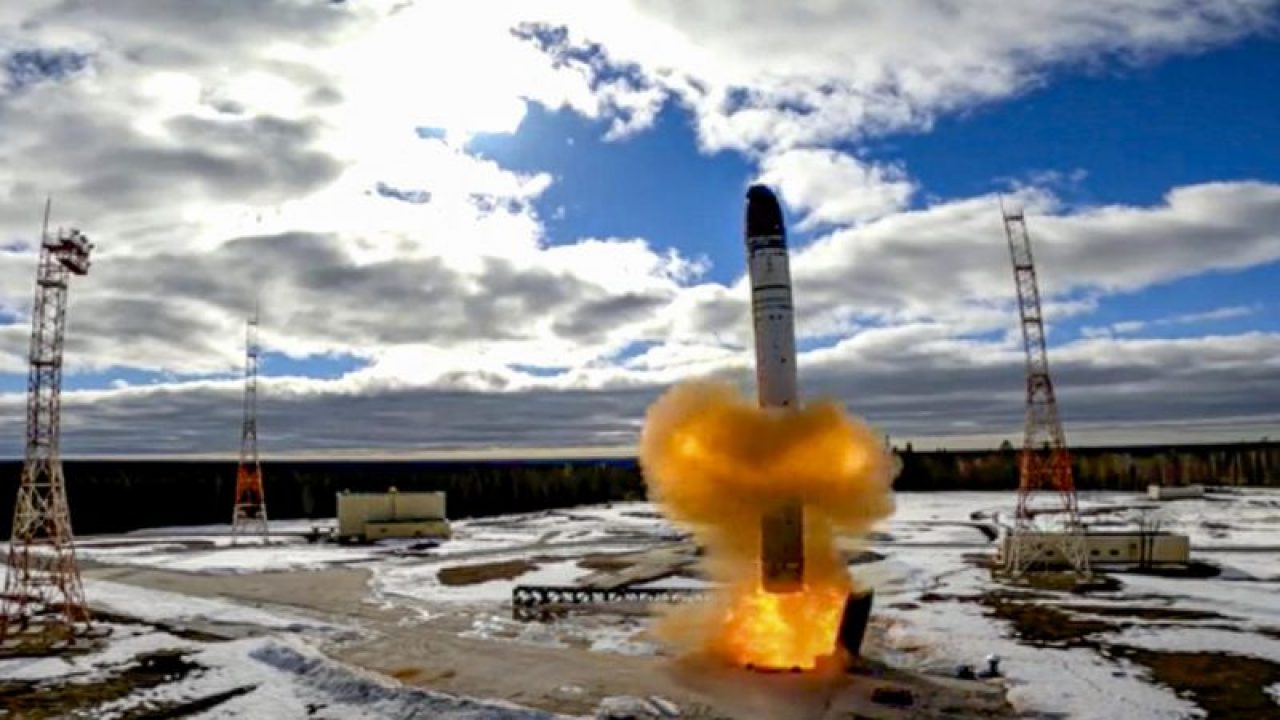Context
-
Amidst stiff resistance from Ukraine in the ongoing war and harsh sanctions imposed by the West, Russia went ahead and tested its new Inter Continental Ballistic Missile (ICBM) Sarmat.
About Sarmat ICBM
- This was the first test launch of the Sarmat ICBM after having been delayed earlier in 2021.
- It was launched from Plesetsk in North West Russia with the intended target in the Kamchatka peninsula almost 6,000 km away.
- The RS-28 Sarmat (NATO name Satan-II) is reported to be able to carry ten or more warheads and decoys and has the capability of firing over either of the earth’s poles with a range of 11,000 to 18,000 km.
- It is expected to pose a significant challenge to the ground-and-satellite-based radar tracking systems of the western powers, particularly the USA.
- The ten warheads are Multiple Independently-Targetable Re-entry Vehicles and each has a blast yield of .75 MT.
- It will also be the first Russian missile which can carry smaller hypersonic boost-glide vehicles.
- These are manoeuvrable and hard to intercept.

Source: Defence Talk - The upgraded electronic counter measures, guidance systems and alternative warhead carrying capacity makes the RS-28 Sarmat ICBM more lethal than the R-36M Voyevoda ICBMs (NATO name Satan) currently in service in Russia.
- Some reports say that while the height and weight of Sarmat ICBM is the same as in the older one, it has more speed and high throw weight.
- It is a liquid fuelled missile as compared to US ICBMs which have moved on to solid fuel systems.
- Regardless of the different propulsion system, the Sarmat is supposed to pose a significant threat to the US Missile Defence Systems.
- It is named after nomadic tribes that roamed the steppes of present-day Southern Russia, Ukraine and Kazakhstan in the early medieval period.
- According to Encyclopaedia Britannica: Sarmatians were highly developed in horsemanship and warfare.
- It goes on to say that the administrative capabilities and political expertise of Sarmatians contributed to their gaining widespread influence and by the 5th century BC they held control of the land between the Urals and the Don River.
- In the 4th century they crossed the Don and conquered the Scythians, replacing them as rulers of almost all of southern Russia by the 2nd century.
Reference:
Visit Abhiyan PEDIA (One of the Most Followed / Recommended) for UPSC Revisions: Click Here
IAS Abhiyan is now on Telegram: Click on the Below link to Join our Channels to stay Updated
IAS Abhiyan Official: Click Here to Join
For UPSC Mains Value Edition (Facts, Quotes, Best Practices, Case Studies): Click Here to Join
